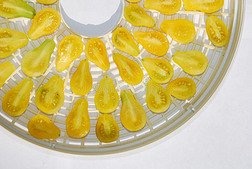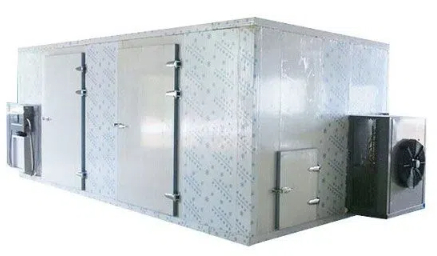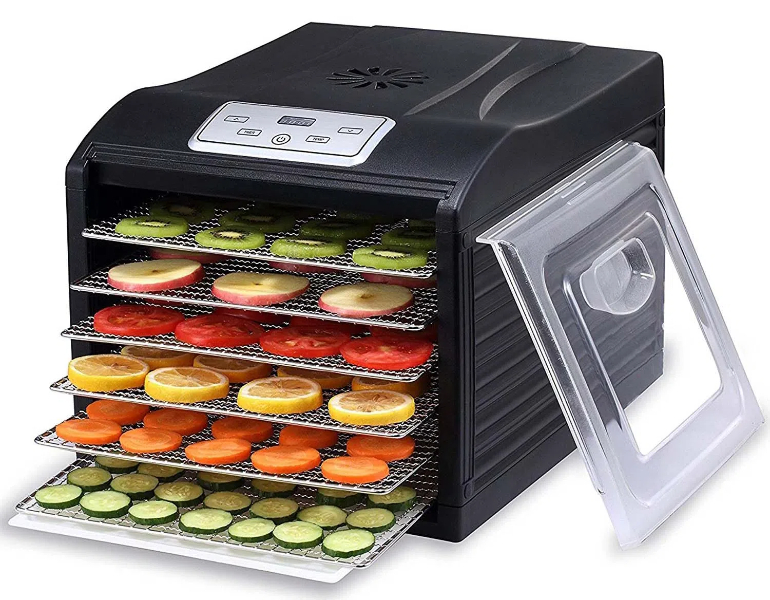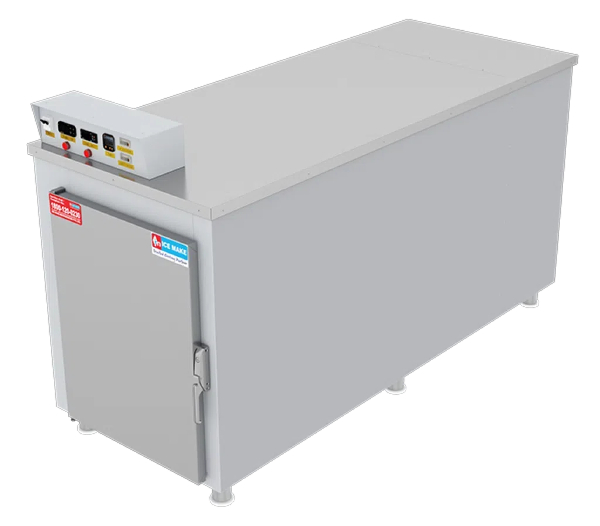
Content Menu
● Introduction
● Understanding Food Dehydration
● Types of Food Dryers
>> Home Food Dehydrators
>> Industrial Food Drying Machines
>> Heat Pump Dryers
● Applications of Food Drying
● Choosing the Right Food Dryer
● The Future of Food Drying Technology
● Conclusion
● Frequently Asked Questions
>> 1. What foods can be dehydrated?
>> 2. How long does it take to dehydrate food?
>> 3. Can I use a regular oven for dehydrating?
>> 4. What are the health benefits of dehydrated foods?
>> 5. How do I store dehydrated foods properly?
Introduction
Food preservation has been a crucial aspect of human survival and culinary practices for centuries. Among various methods, food drying stands out as one of the oldest and most effective techniques. This article delves into the world of food drying, exploring its processes, benefits, and the technology behind modern food dehydrators.

Understanding Food Dehydration
Food dehydration is the process of removing moisture from food to inhibit the growth of bacteria, yeasts, and molds. By reducing the water content, dehydrated foods can be stored for extended periods without refrigeration. The benefits of dehydrating food include:
- Extended Shelf Life: Dehydrated foods can last for months or even years when stored properly.
- Nutritional Retention: Many nutrients remain intact during the drying process, making dehydrated foods a healthy option.
- Convenience: Dehydrated foods are lightweight and easy to transport, making them ideal for camping and travel.
Common methods of food drying include sun drying, air drying, and using specialized equipment like food dehydrators and heat pump dryers.
Types of Food Dryers
Home Food Dehydrators
Home food dehydrators are compact appliances designed for personal use. They typically feature multiple trays for drying various foods simultaneously. These machines are user-friendly and allow for precise temperature control, ensuring optimal drying conditions.

Industrial Food Drying Machines
For larger-scale operations, industrial food drying machines are essential. These machines can handle significant volumes of food and are equipped with advanced technology to ensure uniform drying. They are commonly used in food processing plants.
Heat Pump Dryers
Heat pump dryers are an innovative solution that uses a heat pump to transfer heat to the drying chamber. This method is energy-efficient and allows for precise control over the drying environment, making it suitable for a wide range of food products.
Applications of Food Drying
Food drying is versatile and can be applied to various food categories:
- Fruits and Vegetables: Commonly dried fruits include apples, bananas, and tomatoes. Dried vegetables like carrots and bell peppers are also popular.
- Meat and Jerky: Dehydrating meat is a traditional method for making jerky, which is a high-protein snack.
- Herbs and Spices: Drying herbs like basil and oregano enhances their flavor and extends their shelf life.
- Snacks and Convenience Foods: Many snack foods, such as fruit leathers and vegetable chips, are made through dehydration.
Choosing the Right Food Dryer
When selecting a food dryer, consider the following factors:
- Capacity: Choose a model that fits your drying needs, whether for home use or commercial purposes.
- Energy Efficiency: Look for energy-efficient models to save on electricity costs.
- Features: Some dehydrators come with timers, temperature controls, and multiple trays for added convenience.
Popular brands include Excalibur, Nesco, and Magic Mill, each offering a range of models to suit different needs.
The Future of Food Drying Technology
The food drying industry is evolving with advancements in technology. Innovations such as solar drying and smart dehydrators that connect to mobile apps are gaining popularity. Sustainability is also a key focus, with manufacturers developing energy-efficient models that reduce environmental impact.
Conclusion
Food drying is a valuable technique that not only preserves food but also enhances its flavor and nutritional value. Whether you are a home cook or a food manufacturer, investing in a quality food dryer can open up a world of culinary possibilities. Explore the benefits of dehydrating food and consider incorporating this method into your food preservation practices.

Frequently Asked Questions
1. What foods can be dehydrated?
Almost any food can be dehydrated, including fruits, vegetables, meats, and herbs. However, some foods, like high-fat items, may not dehydrate well.
2. How long does it take to dehydrate food?
The time required to dehydrate food varies based on the type of food and the method used. Generally, it can take anywhere from a few hours to over 24 hours.
3. Can I use a regular oven for dehydrating?
Yes, a regular oven can be used for dehydrating food, but it may not be as efficient as a dedicated dehydrator. Set the oven to a low temperature and leave the door slightly ajar to allow moisture to escape.
4. What are the health benefits of dehydrated foods?
Dehydrated foods retain most of their nutrients and are often lower in calories compared to their fresh counterparts. They are also convenient for snacking and meal preparation.
5. How do I store dehydrated foods properly?
Store dehydrated foods in airtight containers in a cool, dark place. Vacuum sealing can further extend their shelf life.












